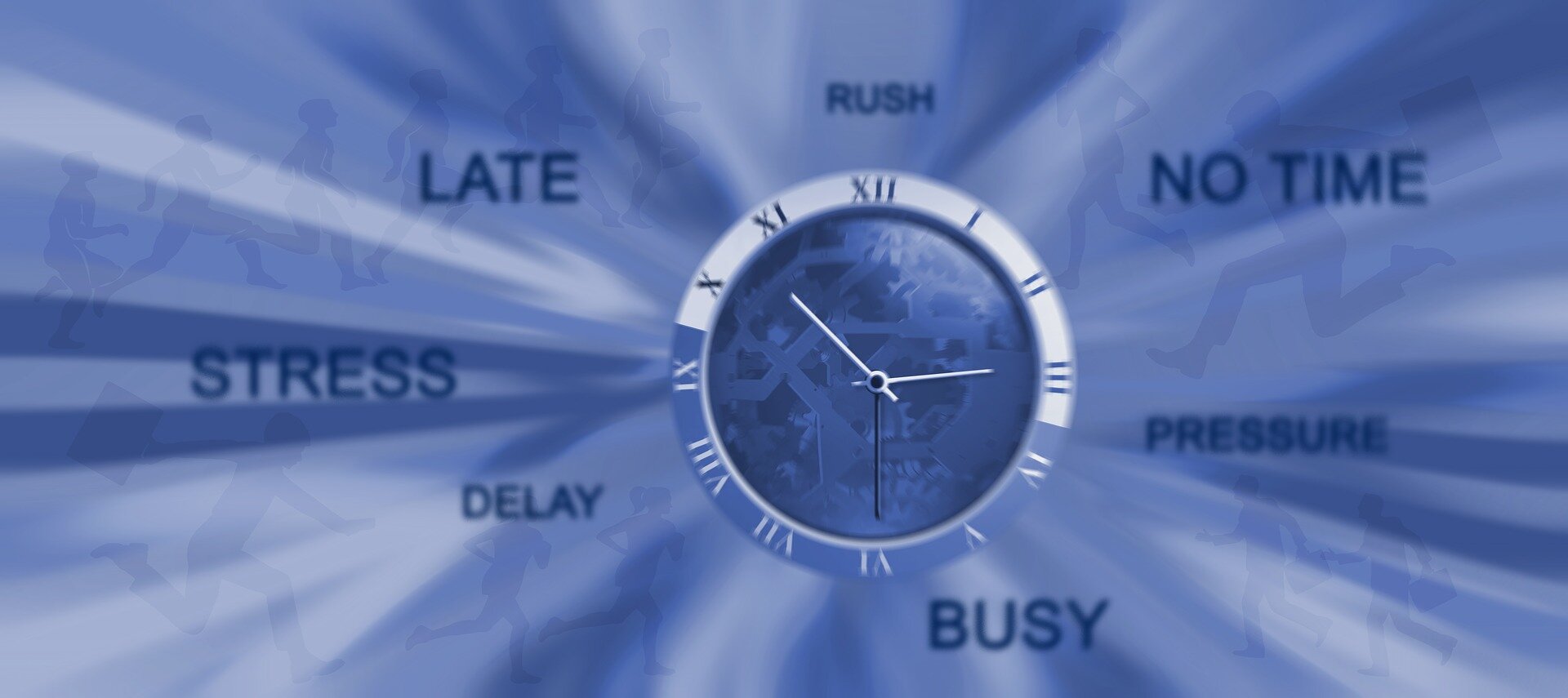We need influencers!
/With no staff and no budget, I was tasked with some complex and often contentious change initiatives. The only significant tool I had at my disposal was influence. My manager and I used to debate the difference between influence and manipulation. Her view was that influencing people was inherently manipulative. Despite her being a significant and successful influencer of people via her steadying hand, compelling vision, deep care for staff and customers, values based approach and cheerful disposition, she felt that influence had an undertone of deception and force.
My perspective is that influence is essential to all successful groups of humans. And regardless of our role in family, community or work, our influence makes a difference. I reckon the concept of influence gets muddied by slick sales tactics, deceptive actions designed to force people to a conclusion and more recently by the superficiality of some social media influencers.
I was delighted to see my good friend and colleague Suzanne Waldron step into this discussion exploring the nuances of influence, and an assurance that influence and manipulation are not the same thing. It reminded me instantly of those deep conversations with my old boss where we both respectfully influenced each other's perspective. I am looking forward to joining Suzanne as she unfolds her deep and rich experience in this space. I reckon the conversation will make me a better person and leader.
Worth being part of I reckon. What do you think?
#influence #leadership #makingadifference









